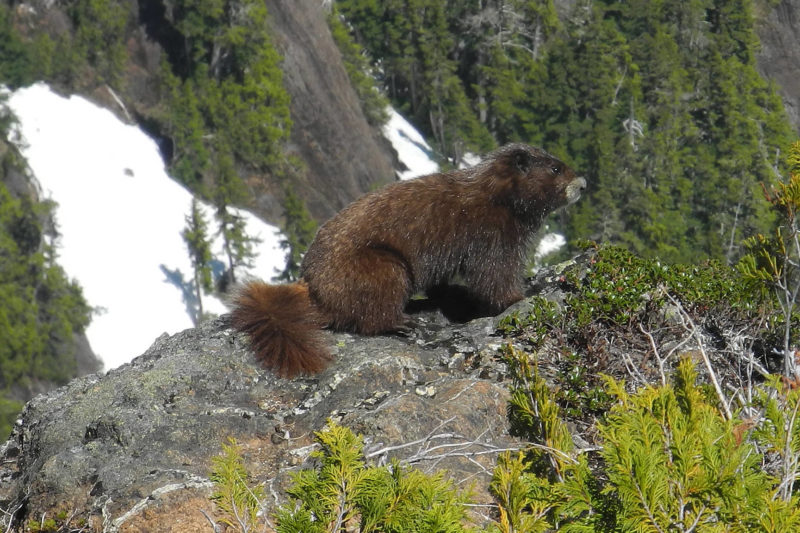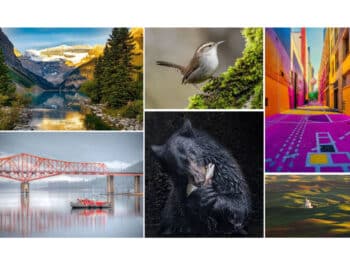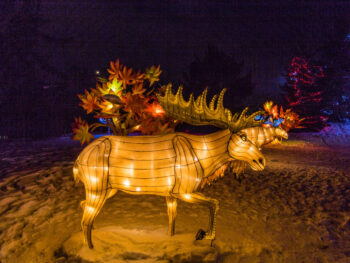Vancouver Island is a hot spot of nationally endemic species according to a new study listing plants, insects and animals that exist in Canada and nowhere else.
The report, by the Nature Conservancy of Canada (NCC) and NatureServe Canada was released to mark Canadian Environment Week. Through collaborating with experts across the country to catalogue the Canada’s own species, it is being called a “critical step in stemming global biodiversity loss,” according to the NCC.
There are 308 plant and animal species, subspecies and varieties endemic to Canada, meaning only found in the country and many are at risk and vulnerable to extinction. The highest number of species are found in B.C., with a total of 105 plants and animals. The Island is listed as a hot spot.
According to the report, 76 nationally endemic species are found only in B.C. with many on Vancouver Island, Haida Gwaii and other islands that probably acted as places of refuge during the last glaciation period. Some of these mammals and birds include the endangered Vancouver Island marmot, Vancouver Island water shrew, Queen Charlotte hairy woodpecker, Queen Charlotte pine grosbeak and many subspecies of the Townsend’s vole.
Other species in B.C. include the dwarf coastal maidenhair fern, the threatened northern Saw-whet owl brooksi subspecies, the Island snow scorpionfly, the Pacific steller’s jay, Vancouver Island fleabane, the threatened Vancouver lamprey and the endangered Carey small limestone moss, among others.
Only about 10 per cent of the endemic species in B.C. are ranked by NatureServe as globally secure or apparently secure. Twenty-three species, primarily arthropods, are unrankable or unranked, according to the report.
Many endemic species in B.C. had not been documented for many decades and could be extinct or extirpated, the report says. Some of these species include the Vancouver Island blue, a butterfly last seen in 1979 near Victoria and a liverwort last seen in 1912 in Yoho National Park.
Out of the nation-wide list, almost 40 per cent of the species are critically imperilled or imperilled and eight are already extinct, including the Dawson caribou.
NCC biologist Dan Kraus hopes the list will spur additional research to identify and protect endemic species because there is “no plan B” for them.
The list continues to be a work in progress, with more than 160 additional species possibly listed as endemic and other new ones being identified all the time.
To see the report and associated maps, visit storymaps.arcgis.com/stories/23b1ba2f0e2e46ce9a8c27412f414fc1.
-With files from The Canadian Press
Plan adventures throughout the West Coast at westcoasttraveller.com











 Summerland’s Bottleneck Drive uncorks the 2020 season
Summerland’s Bottleneck Drive uncorks the 2020 season